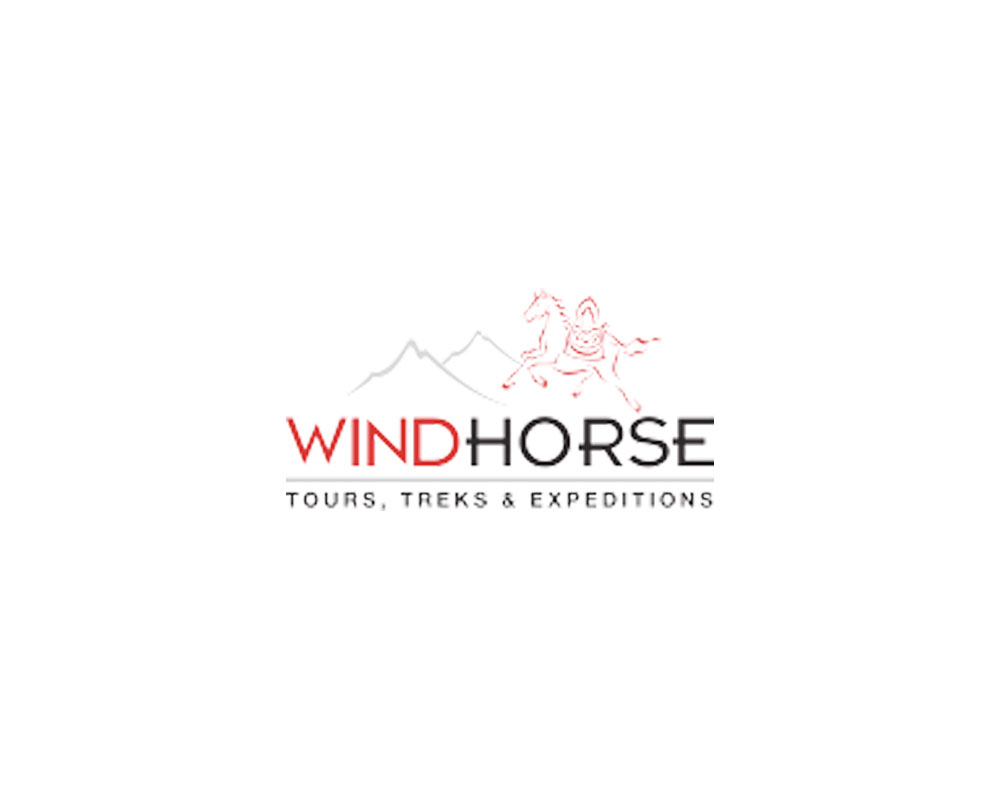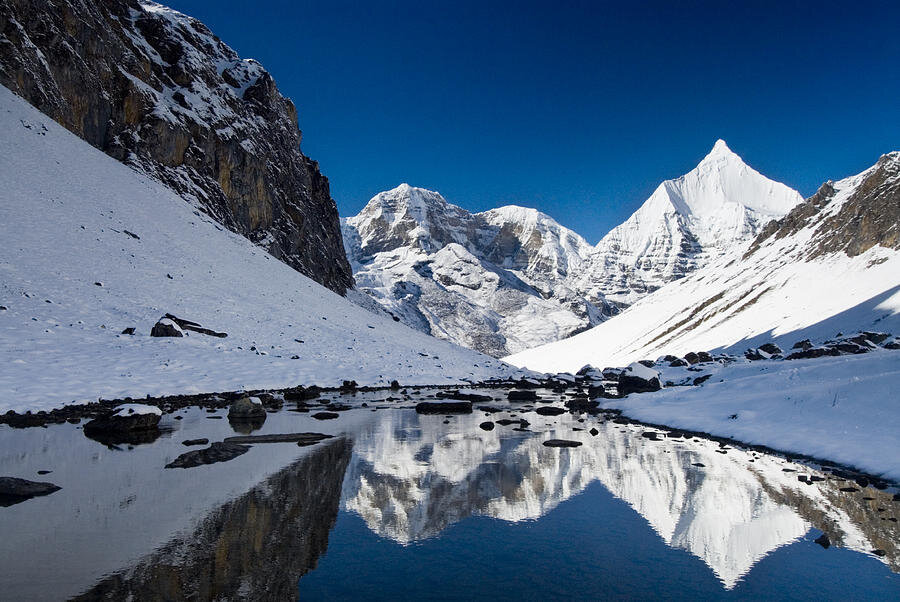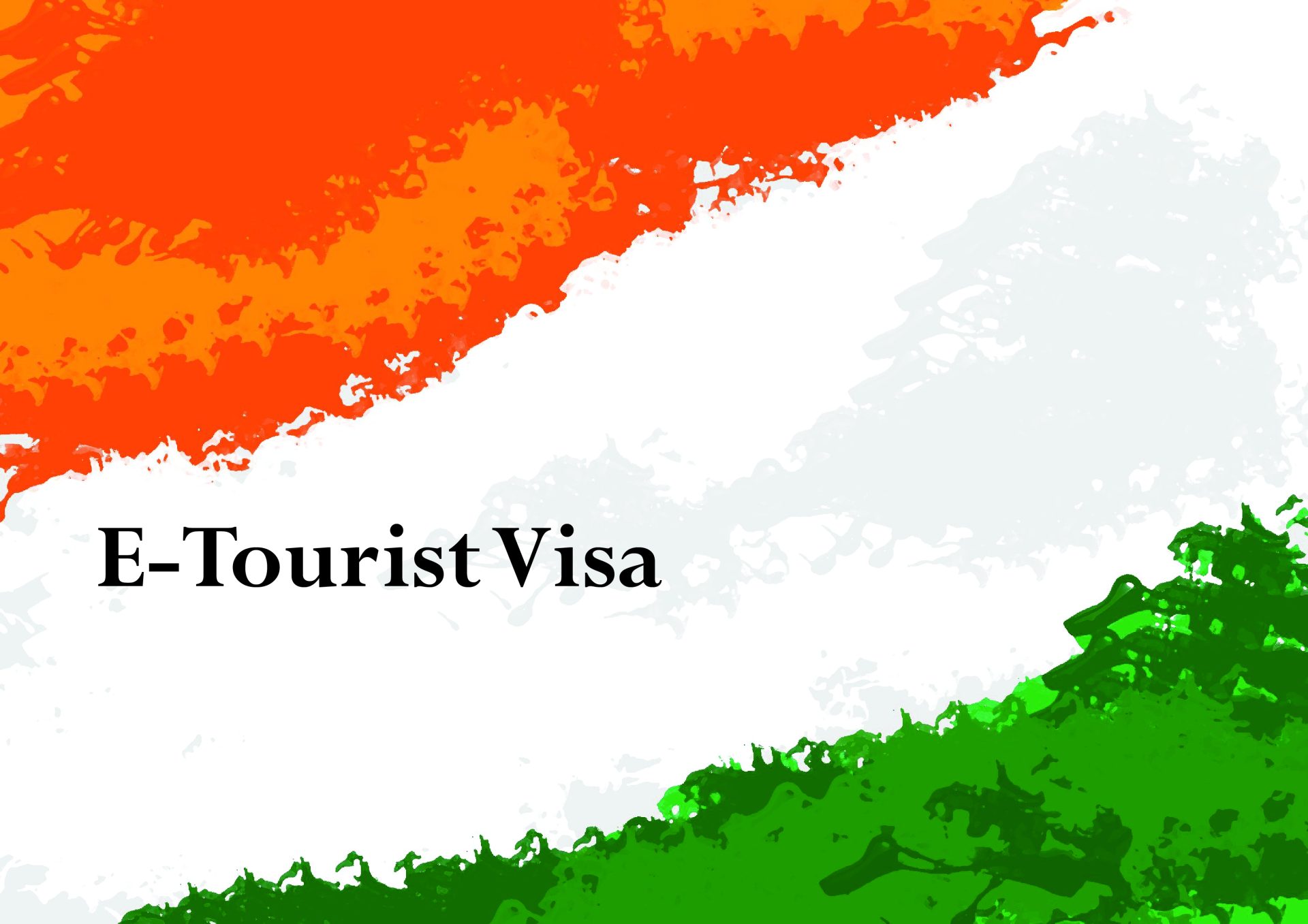

Bhutan lies on the eastern Himalayas ranges and these ranges are what dictate largely the topography of the the country. And generally articles of clothing are by and large influenced and based on the climate and weather of that particular regions. And weather in Bhutan is typically determined by altitude. For instance, Punakha (1300m/4265 ft) is warmer than Thimphu (2320m/7656 ft) and Paro (2200 m/4265 ft). More often, it entails to traverse these places in a day, which in other words means from colder to warmer place or vice versa, in such a scenario, it is only appropriate to recommend adopting the principle of layering, which involves the use of several thin layers of thermally efficient clothing, which can be worn in a number of combinations, according to the prevailing circumstances. Where it is warm enough you can walk in lightweight trousers (natural fibers) (a long skirt is an option for the ladies) and a long sleeve cotton shirt or T-shirt. For colder conditions, you can add layers of thermal clothing
Another significant factor that contribute to change in climate and weather is the annual cycle of season,The season in Bhutan can be broadly cataloged into four : Spring, Monsoon, Autumn and Winter.
Spring Season: It start from late March, April & May are the most popular times to visit with generally clear, mild weather, excellent scenery, lower rainfall. Chilly during morning & Evening.
Early mid-Summer (Monsoon): It stretches from June, July and August till early September. The pre-conceived notion is that it rain heavy all over Bhutan, however it’s confirmed mostly to the southern region whereas the places of interest like Thimphu, Paro, Haa, Punakha, Trongsa, Bumthang etc fall under the lee side or rain shadow region. It experiences occasional shower, which adds to greenery in vegetation as well as bring freshness to the ambiance.
Autumn Season: It starts from late September, October and November. Like spring its one of most popular time to visit. Weather is clear, warm and lower rainfall; it can get chilly in morning & evening.
Winter Season: It start from December till early brings snow to the higher regions however the southern regions and main valleys where visitors generally travel are considerably warmer. Paro and Thimphu normally experience only light of snow so still well worth a visit with mid December to mid-January normally offering cool, pleasant days and clear skies although temperatures fall below zero at night.

Light, Basic and Necessary
The underlying philosophy and intent is to recommend you to travel light. Cornerstone of any travel. which arguably assist in overall enjoyment of trip. The art lies in maintaining finer balance between taking not too much or too little, guide list furnished below should stand in good stead while packing your clothes in suitcase, based on travel duration and travel period.
Head Gear
Hat/Cap
 On a clear, sunny day, the sun burnt will be an issue, in Bhutan, regardless of the time of the year, sun rays are particularly strong. Bring a hat/cap that shade your head, face and neck from the sun. You should bring a plentiful supply of sunscreen cream – a couple of large tubes of factor 6-10 (depending on your skin sensitivity).
On a clear, sunny day, the sun burnt will be an issue, in Bhutan, regardless of the time of the year, sun rays are particularly strong. Bring a hat/cap that shade your head, face and neck from the sun. You should bring a plentiful supply of sunscreen cream – a couple of large tubes of factor 6-10 (depending on your skin sensitivity).
Hat
When travelling during later part of autumn or winter, a warm hat will come more than handy. A comfortable, warm hat such as one made from Polar Fleece or wool that covers your ears. Make sure that it fits well.
Sun Glasses
![]() As mentioned, in Bhutan, regardless of period, the sun’s rays are particularly strong, and sunglasses with 100% ultraviolet and infrared filtration are recommended. These glasses are available with detachable leather or plastic side pieces, which give increased protection, especially from reflected glare. Make sure they are dark enough to keep your eyes comfortable on the brightest day.
As mentioned, in Bhutan, regardless of period, the sun’s rays are particularly strong, and sunglasses with 100% ultraviolet and infrared filtration are recommended. These glasses are available with detachable leather or plastic side pieces, which give increased protection, especially from reflected glare. Make sure they are dark enough to keep your eyes comfortable on the brightest day.
Gears
This is generally recommended for those who tour during winter, the situation to use such gears arise normally when there is sudden change in weather to cold, or particularly, if you wish to take a walk around high passes like Docu la, Chela la, Pele la, where most likely you may encounter snow.You should bring a pair of warm gloves with a waterproof outer shell to protect you from wind.
Feet Gears
Socks (2 Pairs)-
Regardless of the time of year you will be travelling. We recommend you to bring thick woolen socks and in good number. As this is what is most likely to get dirty as you have to take your shoes off and walk around on sock in cold floor of the monastery. And woolen and warm socks is what help to protect from cold floor.
Hiking Boot
If you tour is cultural and during Spring or Autumn, a regular walking shoes should do the job, however, if the tour entail long amount of hiking, like our walking tours and during winter, we recommend that you take a pair of light to mid weight trekking boots, well broken -in, provide good ankle support . Good quality fabric boots are recommended.
Upper Body Gear
Mid – Weight Top-
 Irrespective of period you are travelling to Bhutan, this mid- weight top can stand to act versatile for all season wear.Light-weight and quick drying. As we recommend to adopt the principle of layering , this light to mid weight top can be used as base layer. Travelling during winter you can add layer up accordingly. Based on your travel duration, if it’s a 10 to 14 days, then 2 to 3 nos should be more than enough. For shorter duration, 1 piece should be fair. Moreover, during daytime in Autumn and spring, you can move around in T shirt and shirt also. Which can assist to conserve the use of other wear.
Irrespective of period you are travelling to Bhutan, this mid- weight top can stand to act versatile for all season wear.Light-weight and quick drying. As we recommend to adopt the principle of layering , this light to mid weight top can be used as base layer. Travelling during winter you can add layer up accordingly. Based on your travel duration, if it’s a 10 to 14 days, then 2 to 3 nos should be more than enough. For shorter duration, 1 piece should be fair. Moreover, during daytime in Autumn and spring, you can move around in T shirt and shirt also. Which can assist to conserve the use of other wear.
Warm Jacket –
 During winter it can get cold crossing higher passes whilst traversing from one place to another and during morning and night . You should incorporate a Polar guard or fleece jacket. This can be a very warm fleece or Polar guard jacket. Full zip is recommended.
During winter it can get cold crossing higher passes whilst traversing from one place to another and during morning and night . You should incorporate a Polar guard or fleece jacket. This can be a very warm fleece or Polar guard jacket. Full zip is recommended.
Shell Jacket –
 If your travelling period fall during July & August, most likely, to protect from occasional shower, this gear will stand in good stead and also from the chill of the wind, at time and in places like Wangdi, Paro it can get windy . Shell garments made from breathable fabrics (Gore Tex or equivalent) are recommended.
If your travelling period fall during July & August, most likely, to protect from occasional shower, this gear will stand in good stead and also from the chill of the wind, at time and in places like Wangdi, Paro it can get windy . Shell garments made from breathable fabrics (Gore Tex or equivalent) are recommended.
Leg Gears
Light or mid-weight pant (2 pair)
Especially travelling during later part of spring, this light or mid-weight can be very useful. Ensure it is well fitted, comfortable and easy to wash. A light or mid weight thermal bottom base-layer that will get you through a wide range of temperatures. Number of pants should be based on your travel duration.
Warm Pant
A pair of comfortable fleece or similar material warm pants are great when you are travelling during later part of autumn and winter.
Shell pants
If your travelling period fall during July & August, most likely, to protect from occasional shower, this gear will stand in good stead and also from the chill of the wind, at time and in places like Wangdi, Paro it can get windy . Shell garments made from breathable fabrics (Gore Tex or equivalent) are recommended.
Gears
Day packs –
A 2500 cubic inch pack should be large enough to carry the following items on trek. a) shell jacket and pants. b) fleece jacket) Two water bottles, with at least 2 quart total capacity. d) camera plus accessories, binoculars, etc. e) first aid kit. You should test-pack your day pack before leaving home.
Bags –
You ‘ll need one large duffle bag to hold everything that will be need for travelling as well as for your tour. This bag should be durable, spacious etc.
Trekking Poles –
Trekking poles can be good if you need extra support for your knees and/or ankles. Must be collapsible poles. Make sure that they are durable, lightweight + easily adjustable.
Accessories & Miscellaneous :
- Travel Wallet Pouch (waist or neck)
- Locks For Duffle Bags
- Underwear – (men- polypro boxers or briefs / women- poly-pro sports bras, cotton or polypro briefs are fine) 3 rotating pairs. As with socks and shirts, you’ll be wearing one, one will be drying from washing and one will be clean and packed.
- Sunscreen: SPF 30 (or higher) LOTS
- Lip Balm with SPF 15 (or higher)
- Insect Repellent
- Personal First Aid Kits (Band-aids, Ibuprofen, Cough Drops, Moleskin, Pepto-bismol, Immodium, Diamox Personal Medications)
- Toilteries – Toothbrush, Toothpaste, Bio-degradable Soap/Shampoo Quick Dry Towel, Moisturizer, Purel Hand Sanitizer,
- Antiseptic Hand Towlettes, Toilet Paper (a small emergency stash)]
- Water Bottles – Two liter capacity
- Snack food – (trail mix, protein bars, GU, candy, powdered drink mixes don’t bring a whole suitcase, but bring a variety of things you know you can eat while in the mountains to supplement your diet.)
- Power Adapter for electrical gadgets (round pin socket- 220v)
- Reading Glasses or contact lenses
- Photography equipment with extra films, extra memory cards and an extra battery
- Clothing & Gears : as per the list detailed
- Optional: Ipod, Ipad, ear plugs, books, journals, a deck of cards, binoculars, whistle for safety, phone (multiband phone, you can buy local sim-cards and get free incoming calls)
Trip Expectations
Bhutan existed in self-imposed isolation up until the 1950 when China took over Tibet and the King realized he would need alliances to fend off any future threats. The first tourist group came in 1974, but tourism remained minimal. TV and the internet were introduced in Bhutan in 1999, followed by cell phones in 2003. Modernization is relatively slow here, but that is precisely Bhutanese charm. It remains unblemished by Western ways. Buddhism here means people ˜go with the flow and strive for serenity. Enjoy the simpler, slower pace of life.
Hotels: Primarily 3 stars, clean, comfortable, all with Western bathroom amenities and touches of Bhutanese textiles and wall-paintings. Most of the Tourist standard Hotels particularly in Thimphu and Paro provide Wi-Fi internet connection. Nothing fancy, but you come for the magical kingdom, not for a 5 star hotel. Just as there is currently only one international airport, the number of tourist hotels is modest. Furthermore, around the time of the Tsechus (Festival), there is much pressure on room availability and travel companies have to adjust rooms for large group often in more than one hotels and guest houses. Sometimes, one may land up attending festival in one town and staying in different town.
Food – Bhutanese food always contains a goodly variety of fresh vegetables and fruits, rice/potatoes with some meat. It is substantive, simple fare. A set of meals or Buffet meals are served in all or most of the places and it can get pretty monotonous.
The major thing to watch is water. Be sure to drink bottled water at all times. Even if the water is good where you are, you are not accustomed to the local microbes. Remember to stay well hydrated. It is very important in high altitude situations to drink at least 4 quarts of liquid a day, excluding tea.
Important Notes on Itinerary
Although we will do our very best to adhere to the itinerary and its schedule, this itinerary should be considered an approximate indication of the schedule and scope of activities, and trip routing. It is likely that there will be changes in terms of anything from the exact hotel used to the villages we may stop in for the night.
There are a few key points to remember while traveling through Bhutan.
Even though we do our very best, it is important to acknowledge that some things are simply out of our control: weather, people and their concepts and culture. Bhutanese by nature are very laid back and take opportunities as they come and very rarely take the “bull by the horns”. In Bhutan, you simply have to hang loose, be open-minded, and allow the culture and experience to enhance your life.
The best way to look at a trip is with an open mind. This is not to say that you should not expect good service. However, it does mean that you should be flexible and let things happen.
John Steinbeck says it well: “We do not take a trip; a trip takes us.”
I hope this helps you keep in perspective the reason you visit the Himalayas is not really for the comfort and sophistication, but for its culture, nature and its people.
Tipping
Tipping is not included on your trip. Tipping is optional, and at times expected in travel trade. Obviously there is no limit to how much you can tip and some guests who enjoy and appreciate the services of Guides, driver and other crew will and have tipped much more than our average tipping guideline . For detail please refer the link:
General Tipping Guidelines
http://faq.windhorsetours.com/questions/question/what-is-the-tipping-structure-in-practise-in-bhutan-is-it-same-for-trek-and-tour
Checklist Guide
- Valid passport (valid for six months after your date of entry into Asia. Bring the one that was used for Bhutan visa) Optional: One other picture ID, such as driver’s license is useful (in case of emergency and for use as a substitute of passport or in case of loss of your passport) Photocopy of your passport page to carry in your wallet.
- Visa: Bhutan Visa clearance letter will be emailed to you or attached at the end. Please print and bring a copy with you to show at the airport. Please check the visa requirements of other countries you may be travelling prior or after Bhutan. Some countries such as India and China do not provide Visa upon arrival.
- Air tickets: You must print and bring a copy of your Bhutan Air ticket for check-in at the airport.
- Money (Cash and some in Traveler’s (checks) Credit cards are only accepted by some Souvenir Shops for larger purchases only. There are ATMS in Bhutan, but as it relatively new and hence it is not very reliable.
Travel Insurance (recommended). Bring a copy of the certificate, if you have purchased.
Baggage allowance on Flights
On Druk Air is 20 Kilograms & Bhutan Airline is 30 Kg. Two pieces max per passenger to check-in and one hand-carry (cabin bag) that fits into overhead luggage compartment. Usually Laptops and cameras may be allowed to carry on in addition to cabin baggage. Business class passengers are permitted additional 10 Kilograms to check-in. Excess baggage is charged on a basis of kilograms and so the rates vary by sector and times. For details please visit the link :
Baggage allowance & charges for extra baggage
http://faq.windhorsetours.com/questions/question/what-is-the-baggage-allowance-charges-for-extra-weight
Link & Resources that can help to prepare well for the trip.
Please visit link for General Pre-departure Guide for Bhutan :http://www.windhorsetours.com/wa/images/tourcost/2013SepThu_Predeparture-Bhutan13.pdf
Training and Preparation for cultural tour in Bhutan.https://www.windhorsetours.com/blog/?p=1448
For detail structure on weather, climate, temperature and altitude of Bhutan https://www.windhorsetours.com/blog/?p=913
Travel Resources /References
Following are very useful websites when planning or preparing for your trip.
US State Department Travel Advisories www.travel.state.gov
Australia Department of Foreign Affairs and Trade www.smartraveller.gov.au
Centers for Disease Control and Prevention, Atlanta, GA U.S.A http://www.cdc.gov/travel
Foreign and Commonwealth Office (British government official travel advice and warnings for all countries) http://www.fco.gov.uk
Official travel advice of New Zealand government http://www.safetravel.govt.nz/
Canadian government’s official travel advice http://www.voyage.gc.ca
Trip Comments
When you return from your trip, please share with us your experience. Any photos, suggestions will be appreciated. Although we try our best, Tourism is a trade, which cannot be perfect and there will always remain a room for improvement. Your comments (both criticism and compliments) are invaluable to us and we look forward to hearing from you, upon your return.












